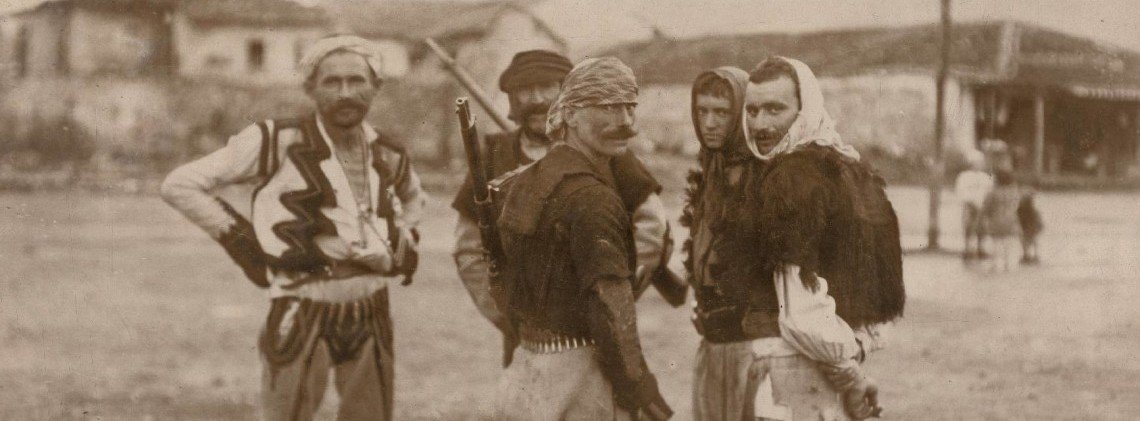



Karl Kaser, Südosteuropäische Geschichte und Geschichtswissenschaft (2nd rev. Das Glaubens-, Staats- und Volksbewußtsein der Byzantiner und seine Auswirkung auf die ostkirchlich-osteuropäische Geisteshaltung (Freiburg, 1968). the somewhat older, but still very useful book by Endre von Ivánka, Rhomäerreich und Gottesvolk. Gilbert Dagron, Emperor and Priest: the Imperial Office in Byzantium, tr. Steven Runciman, The Great Church in Captivity: a Study of the Patriarchate of Constantinople from the Eve of the Turkish Conquest to the Greek War of Independence (London, 1968). Wilkinson, Maps and Politics: a Review of the Ethnographic Cartography of Macedonia (Liverpool, 1951). Todorova, Imagining the Balkans (New York, 1997). Hobsbawm, Nations and Nationalism since 1780: Programme, Myth, Reality (Cambridge, 1990). Geary’s thought-provoking The Myth of Nations: the Medieval Origins of Europe (Princeton, NJ, 2002)Įrnest Gellner, Nations and Nationalism (Ithaca, NY, 1983) Įric J. Lampe, Balkans into South Eastern Europe: a Century of War and Transition (Houndmills, Basingstoke, 2006). With this work, Todorova offers a timely, updated, accessible study of how an innocent geographic appellation was transformed into one of the most powerful and widespread pejorative designations in modern history.On German debate about Turkey, see Angelos Giannakopoulos and Konstadinos Maras, ‘Die europäische Türkei - Diskurs: eine Vergleichsanalyse’, in id., Die Türkei-Debatte in Europa: ein Vergleich (Wiesbaden, 2005), 213–29. The afterword explores the controversy over Todorova's coining of the term Balkanism. Maria Todorova, who was raised in the Balkans, is in a unique position to bring both scholarship and sympathy to her subject, and in a new afterword she reflects on recent developments in the study of the Balkans and political developments on the ground since the publication of Imagining the Balkans. Based on a rich selection of travelogues, diplomatic accounts, academic surveys, journalism, and belles-lettres in many languages, Imagining the Balkans explored the ontology of the Balkans from the sixteenth century to the present day, uncovering the ways in which an insidious intellectual tradition was constructed, became mythologized, and is still being transmitted as discourse.

Over ten years ago, Maria Todorova traced the relationship between the reality and the invention. "If the Balkans hadn't existed, they would have been invented" was the verdict of Count Hermann Keyserling in his famous 1928 publication, Europe.


 0 kommentar(er)
0 kommentar(er)
